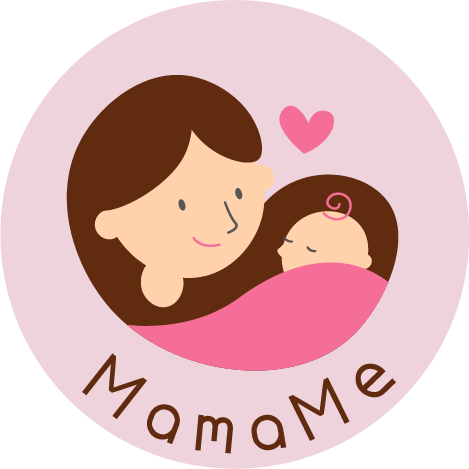
As I laid my baby down for sleep last night, I couldn't help but smile at how different my swaddling technique is now compared to my first nervous attempts with my eldest. After three children and countless conversations with pediatricians, sleep consultants, and fellow parents, I've learned that this ancient practice is both an art and a science. Today, I'm sharing everything you need to know about swaddling – from its profound benefits to the mistakes I wish I'd avoided as a new mom.
The Science Behind Swaddling
Swaddling isn't just an old wives' tale – it's backed by solid scientific research. Studies published in the Journal of Pediatrics have shown that properly swaddled babies sleep longer, cry less, and experience fewer startle reflexes. The practice mimics the snug environment of the womb, triggering what scientists call the "calming reflex."
Dr. Rachel Chen, a pediatric sleep specialist, explains: "When we swaddle babies, we're essentially recreating the confined space they experienced in utero. This familiarity helps regulate their body temperature and provides the security they need to settle into sleep more easily."
The Benefits That Made Me a Believer
Through my journey with three very different babies, I've witnessed firsthand how swaddling can be a game-changer:
- Better Sleep Quality: My second child, a notorious catnapper, would sleep for 30-minute increments unswaddled. Once we perfected our swaddling technique, those naps extended to 1-2 hours.
- Reduced Crying: My colicky firstborn would calm down significantly when swaddled, particularly during the dreaded "witching hour."
- Improved Temperature Regulation: During those uncertain first weeks, swaddling helped maintain my babies' body temperature better than loose blankets ever could.
- Prevention of Face-Scratching: All three of my children had impressive little fingernails from birth, and swaddling protected their delicate skin from unintentional scratches.
Common Mistakes (And How to Avoid Them)
Let me share some hard-earned wisdom about what not to do:
The "Too Loose" Trap
My first major mistake was creating a swaddle that was too loose, thinking it would be more comfortable for my baby. I later learned that a secure (but not tight) swaddle is crucial for both safety and effectiveness. The swaddle should be snug around the arms but loose around the hips and legs to allow for healthy hip development.
The "Overheating" Error
During my second pregnancy, I initially overdressed my summer baby before swaddling. A good rule of thumb: dress your baby in one layer more than what you're comfortable wearing, then swaddle. Watch for signs of overheating like sweating, flushed cheeks, or rapid breathing.
The "Too Long" Mistake
With my first child, I continued swaddling well past the rolling milestone because it worked so well. This is a significant safety risk. Stop swaddling as soon as your baby shows signs of rolling over, typically around 2-4 months.
My Foolproof Swaddling Technique
After hundreds of attempts across three babies, here's my fail-safe method:
- Start with a large, thin blanket spread like a diamond
- Fold down the top corner about 6 inches
- Place baby face-up with shoulders just below the fold
- Take the right corner and wrap it across baby's body, tucking it under the left arm
- Fold up the bottom corner, leaving room for hip movement
- Finally, wrap the left corner across and tuck it in
The key is to achieve that "just right" tightness – secure enough to prevent escape but never so tight that it restricts breathing or movement.
When to Start and Stop
Begin swaddling from day one, but watch carefully for signs that it's time to stop. All three of my children hit these milestones at different ages, but generally:
- Start transitioning when you notice increased rolling attempts
- Begin with one arm out for a few nights
- Move to both arms out
- Finally, transition to a sleep sack
Final Thoughts
Swaddling has been a parenting practice for thousands of years, and after raising three children, I understand why. While it might seem daunting at first, mastering this technique can be transformative for both parent and baby. Remember that every baby is different – what worked for my children might need adjusting for yours.
Always consult with your pediatrician about safe swaddling practices, particularly if your baby has any hip development concerns or medical conditions. And trust your instincts – you'll soon become an expert at reading your baby's cues and preferences.
Follow us on social media for more parenting tips, exclusive promotions, and community updates: Facebook
© Sarah Matthews
Nutrition Journalist and Mother of Three
